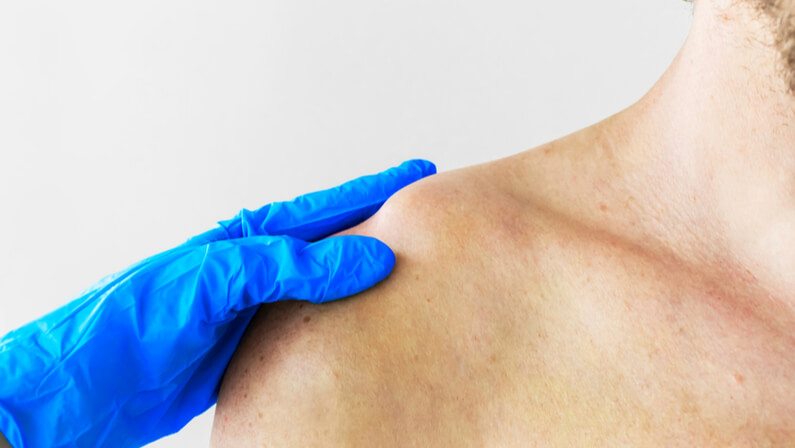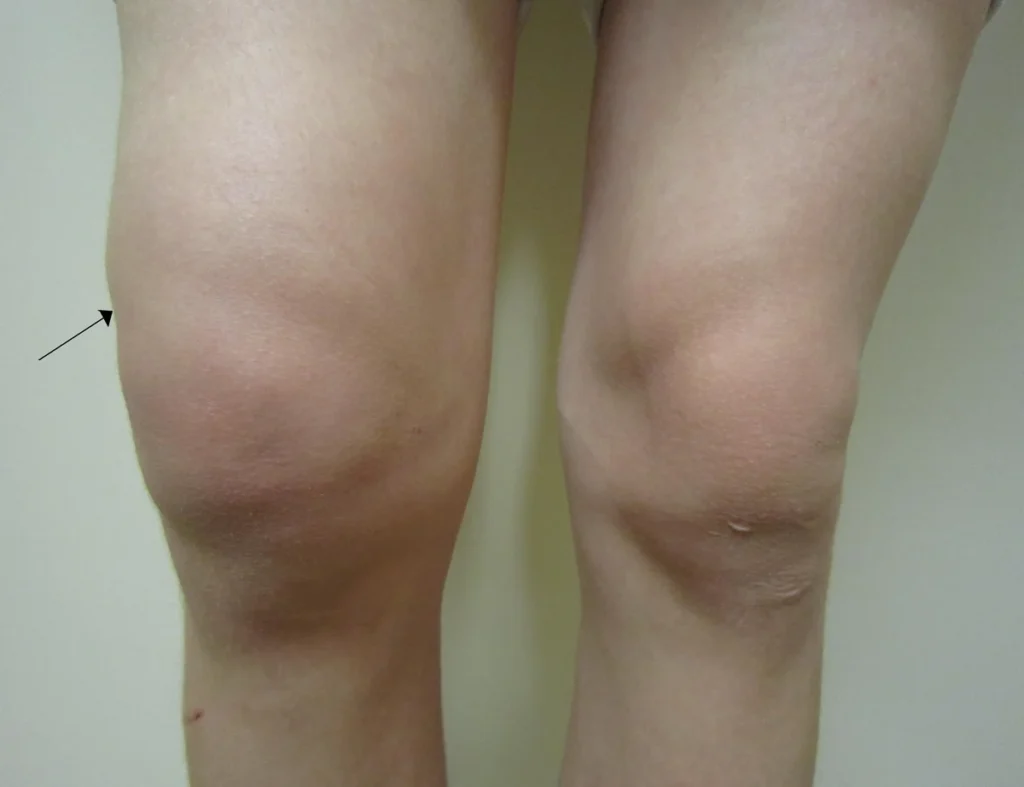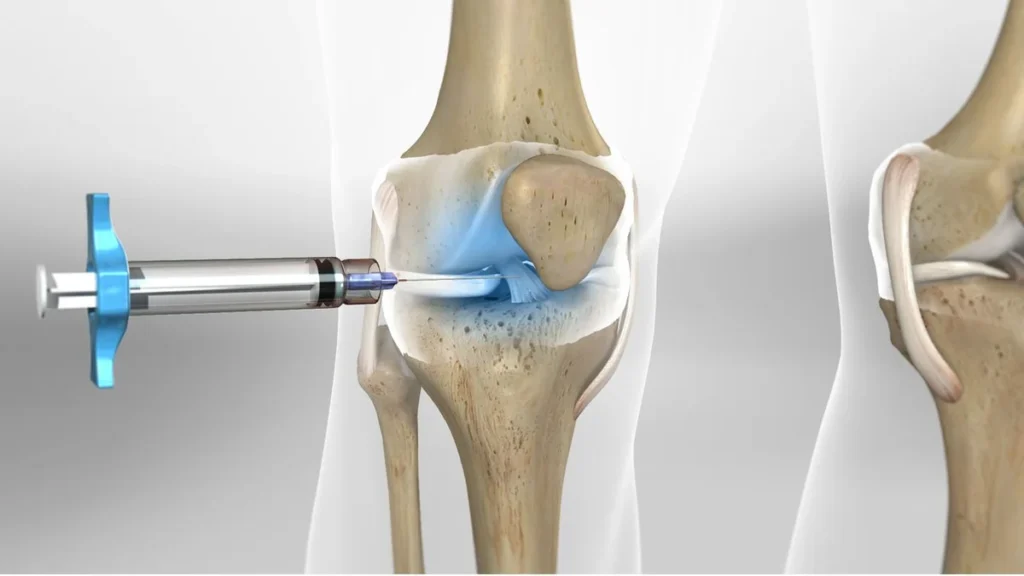Shoulder instability means that the head of the upper arm bone can easily move out of its socket. This issue arises due to the shoulder joint’s high range of motion in all directions.

- Anatomy and Biomechanics of the Shoulder
- Comparison with the Hip Joint
- Stability of the Shoulder Joint
- Dislocation of the Shoulder Joint
- Partial and Complete Dislocation of the Shoulder Joint
- Consequences of Inadequate Treatment
- Causes of Shoulder Instability
- Symptoms of Shoulder Instability
- Diagnosis of Shoulder Instability
- Treatment of Shoulder Instability
- Rehabilitation and Physiotherapy Post-Surgery
Anatomy and Biomechanics of the Shoulder
The shoulder joint is formed by three bones: the scapula (shoulder blade), humerus (upper arm bone), and clavicle (collarbone). In this joint, the ball-shaped head of the humerus sits in a shallow cavity called the glenoid fossa, which is part of the scapula. This shallow, plate-like cavity provides the shoulder joint with less inherent stability compared to the hip joint.
Comparison with the Hip Joint
For better understanding, the shoulder joint can be compared to the hip joint. The hip joint, which includes a deeper socket known as the acetabulum, is much more stable. In contrast, the glenoid fossa of the shoulder does not have such depth and cannot completely encompass the head of the humerus.
Stability of the Shoulder Joint
The stability of the shoulder joint is due to the tough tissues surrounding it, known as the joint capsule. The joint capsule, tendons, ligaments, and strong muscles around the shoulder joint contribute to its relative stability.
Dislocation of the Shoulder Joint
When excessive force is applied to the shoulder joint, the head of the humerus may dislocate from the glenoid fossa. This condition is known as a joint dislocation.
Partial and Complete Dislocation of the Shoulder Joint
Sometimes the head of the humerus shifts in the glenoid fossa and remains in a partially dislocated state (subluxation). During a complete dislocation, the joint capsule and surrounding ligaments tear.

To make an appointment or get an online consultation with Dr. Nader Motallebi Zadeh, Limb lengthening surgeon, proceed here.
Consequences of Inadequate Treatment
If proper treatment is not administered after relocating the joint, laxity in the joint capsule and ligaments occurs. This condition leads to shoulder instability, and even minor forces can cause the joint to dislocate again.
Causes of Shoulder Instability
- Dislocation: Excessive force can cause dislocation. A specific injury to the anterior ligaments of the shoulder joint is called a Bankart lesion.
- Repetitive Strains: Activities like swimming, tennis, and volleyball can cause mild and repetitive impacts, leading to loosened ligaments.
- Multidirectional Instability: In some cases, shoulder instability is congenital and can be present in other body joints as well.
Symptoms of Shoulder Instability
Symptoms include shoulder pain after mild impacts, a feeling of looseness in the joint, and recurrent dislocations. Patients may experience dislocations even in everyday activities.
Diagnosis of Shoulder Instability
The physician begins with a thorough patient history and examination of the shoulder joint. Imaging methods like MRI can help identify damaged tissues.
Treatment of Shoulder Instability
- Non-surgical Treatments
- Activity modification: Avoiding activities that exacerbate discomfort.
- Anti-inflammatory medications: Reducing pain severity.
- Physiotherapy: Specific exercises to strengthen the muscles around the shoulder and improve their control.
- Surgical Treatments
- Traditional Method: Involves making an incision at the front of the shoulder to repair damaged ligaments and the Bankart lesion.
- Arthroscopy: A minimally invasive technique to repair the Bankart lesion.
Rehabilitation and Physiotherapy Post-Surgery
This stage is crucial for a successful surgical outcome. Post-surgery, patients must immobilize their shoulders for some time. Under the supervision of an orthopedic doctor and physiotherapist, specific exercises are performed to increase the range of motion and strengthen the muscles around the shoulder.

To make an appointment or get an online consultation with Dr. Nader Motallebi Zadeh, Limb lengthening surgeon, proceed here.
Thank you, dear readers, for going through this article. If you have any questions about shoulder instability, feel free to ask in the comments section.



